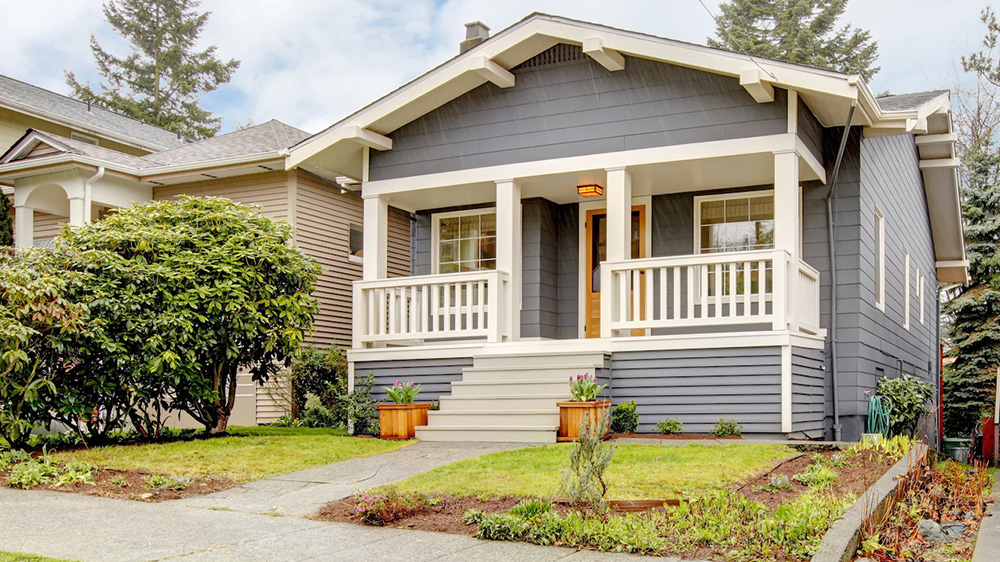 Amidst elevated interest rates and soaring home prices, a notable trend has emerged—lower-income households are increasingly becoming homeowners. A recent report by Freddie Mac reveals that the rise in lower-income homeownership has persisted despite market challenges. While the overall housing market outlook remains muted, this surge in lower-income homeownership presents a glimmer of hope. In this blog post, we explore the findings of the report and shed light on the factors contributing to this encouraging trend.
Amidst elevated interest rates and soaring home prices, a notable trend has emerged—lower-income households are increasingly becoming homeowners. A recent report by Freddie Mac reveals that the rise in lower-income homeownership has persisted despite market challenges. While the overall housing market outlook remains muted, this surge in lower-income homeownership presents a glimmer of hope. In this blog post, we explore the findings of the report and shed light on the factors contributing to this encouraging trend.
Lower-Income Homeownership Soars: According to Freddie Mac's June outlook report, the homeownership rate among households with below-median family income has experienced significant growth, rising from 48% to 53% since 2016. This surge has outpaced the increase in homeownership among higher-income households. Remarkably, this trend has continued despite elevated interest rates, which have posed challenges for prospective buyers, particularly those with limited financial flexibility.
Shrinking Disparity: While the homeownership rate for lower-income households is still below the overall homeownership rate of 66% in the first quarter of 2023, the gap between lower- and higher-income households has reached its narrowest point in decades. Currently standing at 25.2%, this reduced disparity reflects a positive shift toward greater inclusivity in the housing market.
Perseverance in a Less Affordable Environment: Freddie Mac's report acknowledges the unexpected growth in below-median family income homeownership, given the significant increase in house prices and borrowing costs. Despite these obstacles, lower-income households have managed to navigate the less affordable environment and fulfill their dreams of homeownership. The authors of the report attribute this achievement to the resilience and determination displayed by these households.
Young Adults and Housing Demand:
In discussions on LinkedIn, Leonard Kiefer, deputy chief economist at Freddie Mac, highlights the substantial housing demand generated by young adults as a significant driving force behind the rising lower-income homeownership rate. While interest rate hikes in the past year may have excluded many potential homebuyers, there still remains a considerable number of individuals who qualify for mortgages, even in the current rate and price environment.
Caution Amidst Challenges: While the surge in lower-income homeownership is encouraging, the report notes the persisting challenges in the housing market. Freddie Mac's Economic & Housing Research group maintains a cautious outlook, predicting a 2.9% drop in home prices through the first quarter of 2024, with an additional 1.3% decline over the following year. Higher mortgage rates and a slowing economy contribute to the subdued expectations for home sales.
The rise in lower-income homeownership rates offers a glimmer of hope in a challenging housing market. Despite elevated interest rates and affordability constraints, lower-income households are finding ways to achieve their homeownership goals. This trend underscores the resilience and determination of individuals in the face of adversity. While challenges persist, the progress made in closing the gap between lower- and higher-income households signals a more inclusive and dynamic housing market.





